Business
UK economy flatlined in July after sharp contraction in manufacturing

The UK economy flatlined in July as the biggest contraction for a year in the manufacturing sector offset a bumper month on the high street.
The Office for National Statistics (ONS) said there was zero growth in gross domestic product (GDP) month on month in July, against 0.4 per cent growth in June.
It came after the manufacturing sector saw activity pull back by 1.3 per cent – the biggest contraction since July 2024. This held back growth in the wider economy, with the services sector up 0.1 per cent thanks to an expansion of 0.6 per cent in retail and construction growing by 0.2 per cent.
Liz McKeown, director of economic statistics at the ONS, said: “Growth in the economy as a whole continued to slow over the last three months. While services growth held up, production fell back further.
“Within services, health, computer programming and office support services all performed well, while the falls in production were driven by broad-based weakness across manufacturing industries.
“In the latest month, GDP showed no growth, with increases in services and construction offset by falls in production. Falls in production were driven by broad-based weakness across manufacturing industries.”
Services output grew 0.4 per cent and construction by 0.6 per cent across the three months to July, contributing to an overall rise of 0.2 per cent for the economy across the summer period.
However, that means a third consecutive slowdown period as, in one expert’s words, the economy “grinds to a halt”. Lindsay James, investment strategist at Quilter, pointed out that even the areas that showed growth in the last three months are slowing – a direct consequence of the government raising costs for employers.
“After a positive first half of the year, UK economic growth is slowly grinding to a halt once again,” said Ms James.
“GDP failed to grow month-on-month in July, and slowed to just 0.2 per cent on a three-monthly basis. This increase was driven primarily by the services and construction sectors, but production output fell. However, growth is slowing in these sectors and is likely the result of actions taken by the Labour government now being realised, with the increase in employer national insurance contributions having a significant impact on business confidence.
“With the summer now over and the economy supposedly getting out of its slumber, we now face continuing uncertainty in the lead-up to the budget in November given the precarious position the chancellor finds the public finances in. It is estimated that the fiscal hole that needs to be plugged is anywhere between £20bn and £50bn. While that is a wide range, it means one thing for a government that has shown it will struggle to cut spending – more tax rises.”

On the latest figures, a Treasury spokesperson said: “We know there’s more to do to boost growth, because while our economy isn’t broken, it does feel stuck.
“That’s the result of years of underinvestment, which we’re determined to reverse through our Plan for Change. We’re making progress: growth this year was the fastest in the G7; since the election, interest rates have been cut five times, and real wages have risen faster than they did under the last government.
“There’s more to do to build an economy that works for, and rewards, working people. That’s why we are cutting unnecessary red tape, transforming the planning system to get Britain building, and investing billions of pounds into affordable homes, Sizewell C, and local transport across the country.”
In response, Sir Mel Stride MP, shadow chancellor of the Exchequer, said: “Any economic growth is welcome – but this government is distracted from the problems the country is facing.
“While the government lurches from one scandal to another, borrowing costs recently hit a 27-year high – a damning vote of no confidence in Labour that makes painful tax rises all but certain.
“It is little wonder that Starmer has stripped Reeves of control over the Budget. But sidelining her is not enough – he must also reject her failed economic approach that has left Britain poorer.”
Rachel Reeves is scheduled to deliver the Budget on 26 November.
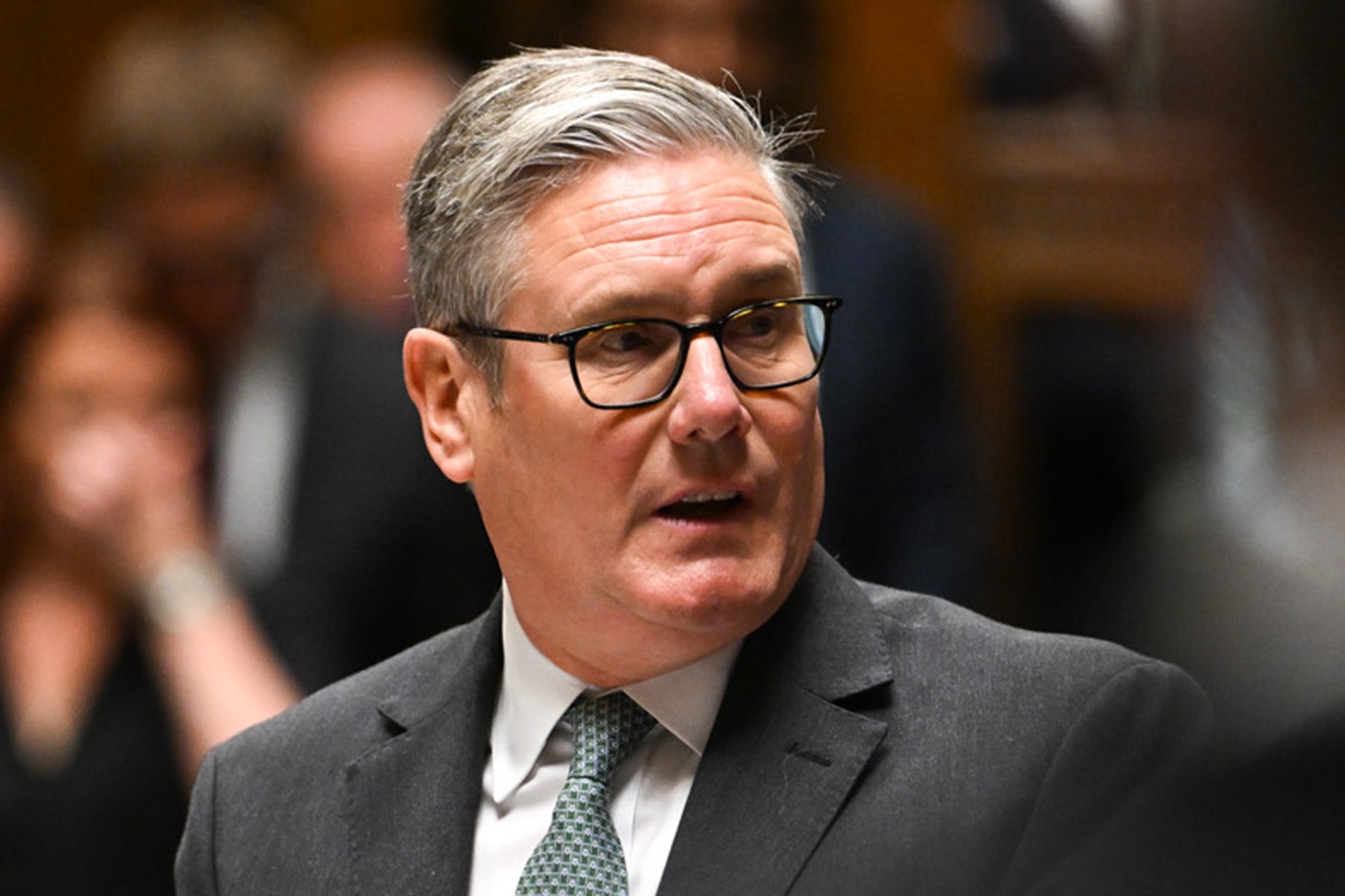
Ben Jones, lead economist at the CBI, added: “The sunshine may have lifted consumers in July, but the broader economy stayed stuck in the shade. Growth was uneven across sectors, highlighting that underlying demand remains more fragile. Speculation about new business taxes is casting a long shadow. Amid rising cost pressures, firms are already holding back on hiring and investment and are wary of weeks’ more Budget uncertainty.
“The government cannot tax its way to growth and continue to raid corporate coffers. With the Autumn Budget fast approaching, the chancellor must deliver a decisive, pro-growth package by committing to serious tax reform. It’s the structure of our system – from punitive business rates to the restrictive VAT threshold and stamp duty – that holds back economic progress, not just the rates themselves.”
Additional reporting by PA
Business
8th Pay Commission Update: What Government Employees Can Expect

The wait is finally over for over 1 crore central government employees and pensioners. The Union Cabinet, led by Prime Minister Narendra Modi, has officially approved the Terms of Reference (ToR) for the 8th Central Pay Commission (CPC). The Commission is expected to submit its recommendations within 18 months from the date of its formation. (Image: AI-Generated)

The Central Pay Commission is set up every few years to review and revise salary structures, retirement benefits, and service conditions. (Image: AI-Generated)
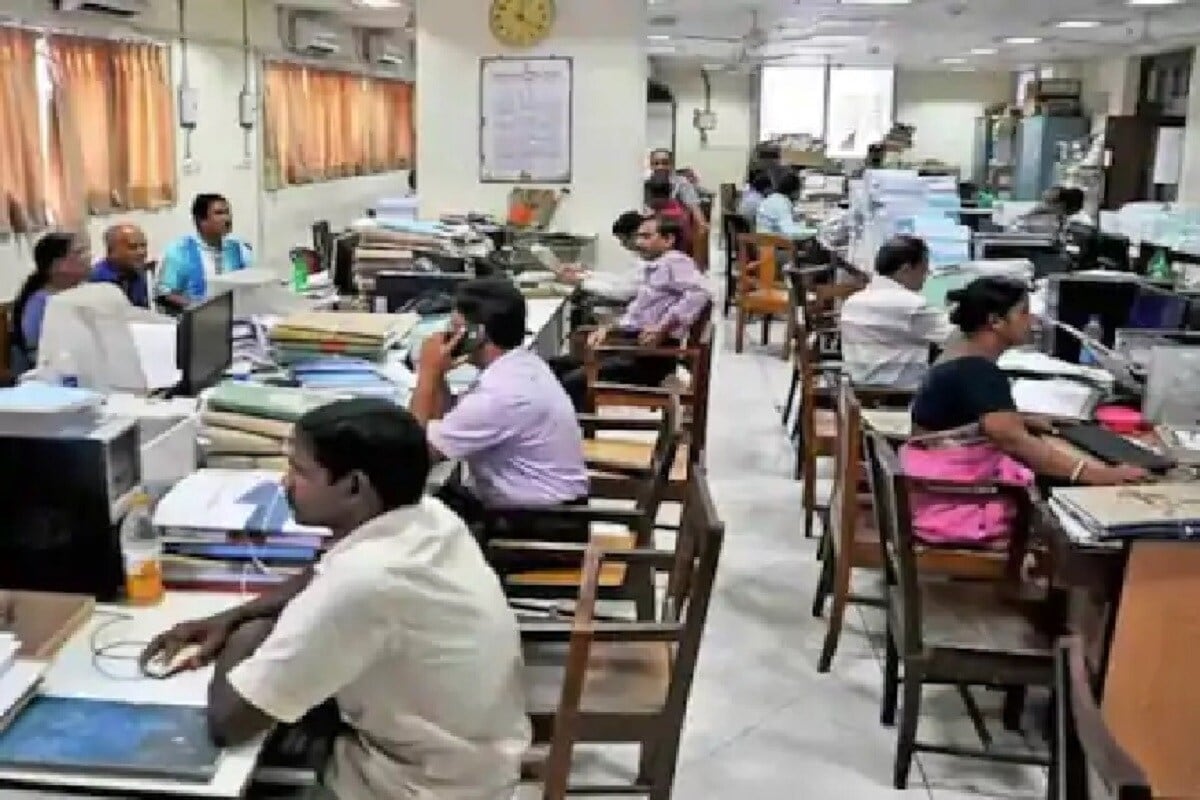
Historically, a new Pay Commission is implemented roughly every 10 years. (Image: AI-Generated)

The salary hike depends largely on the fitment factor, which is a multiplier used to calculate the revised basic pay. In the 7th Pay Commission, the fitment factor was 2.57, raising the minimum basic salary from Rs 6,000 to Rs 18,000. (Image: AI-Generated)
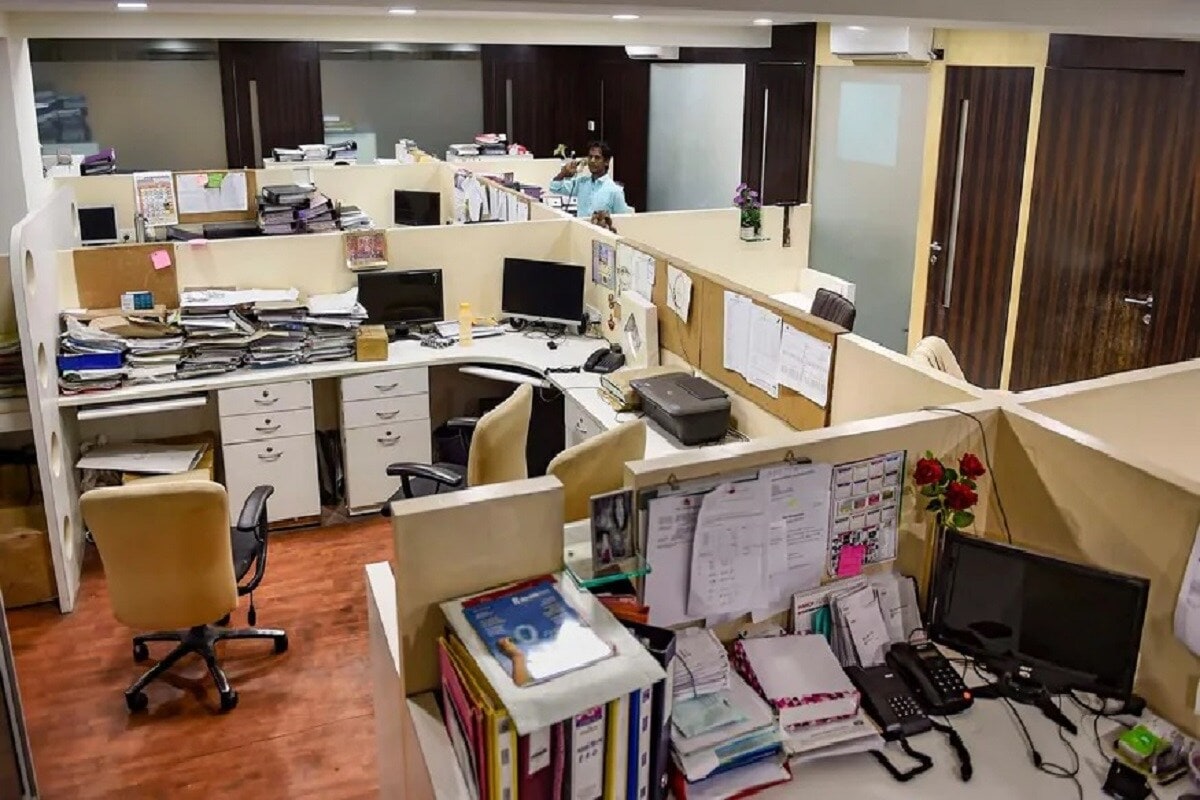
For the 8th Pay Commission, different fitment factors are being considered. Here’s how they could impact salaries: if the fitment factor is set at 1.83, the basic salary could rise from Rs 18,000 to around Rs 32,940. A slightly higher factor of 1.86 would increase it to Rs 33,480. However, if the government applies a more generous fitment factor of 2.47, the revised basic pay could reach Rs 44,460. These figures help illustrate how significantly the fitment factor influences salary revisions under the Pay Commission. (File Photo)

Gross salary includes Basic Pay, Dearness Allowance (DA) – linked to inflation, revised twice a year, and House Rent Allowance (HRA) – based on city category (30% for metro cities, 20% for Tier-2 cities, and 10% for Tier-3 cities). (Image: AI-Generated)
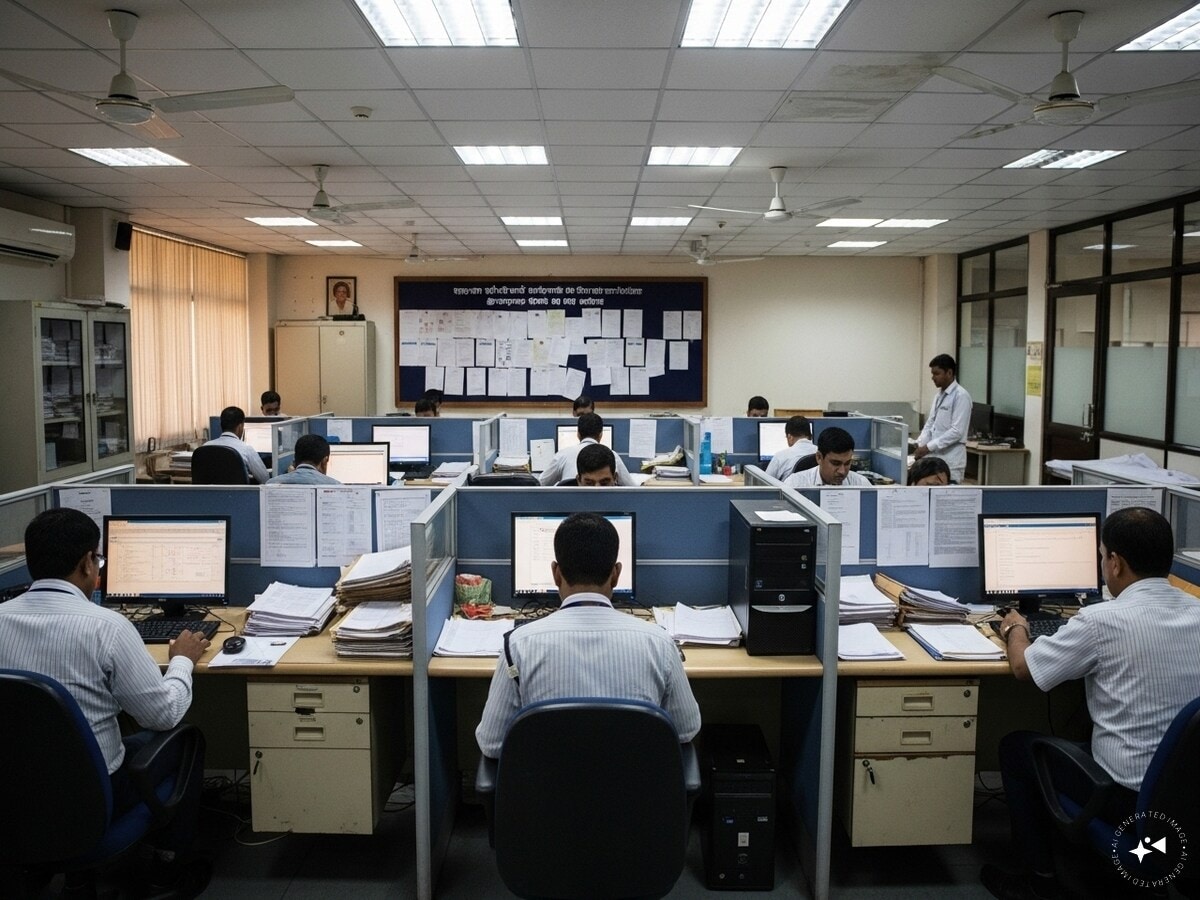
Let’s calculate the gross salary using a fitment factor of 2.47 and assuming: Basic Pay: Rs 44,460; DA: Rs 0 (for simplicity); HRA (30% for metro): Rs 13,338. The New Gross Salary = Basic Pay + DA + HRA, which is 44,460 + 0 + 13,338 = Rs 57,798. (Image: AI-Generated)
Business
Aadhaar Card Update: Is Aadhaar A Proof Of Date Of Birth Or Citizenship? Govt Issues Clarification

New Delhi: The Ministry of Communications has issued a latest circular on clarification on the Properties and Usage of Aadhaar by Unique Identification Authority of India (UIDAI).
The three-point clarification was issues regarding the properties and permissible usage of the Aadhaar number and related documents.
UIDAI said that an Aadhaar number may be used for establishing the identity of the Aadhaar number holder subject to authentication or offline verification.
Further, Aadhaar number or the authentication thereof, is not a proof of citizenship or domicile in respect of Aadhaar number holder.
UIDAI also added that Aadhaar number is not a proof of date of birth and hence, must not be used for establishing the date of birth of the Aadhaar number holder conclusively.
Business
Teachers to be balloted on industrial action over class contact time

Members of the NASUWT union are set to be balloted on industrial action over class contact time.
The union accused the Scottish Government of failing to meet the SNP manifesto commitment ahead of the 2021 election of reducing contact time by one-and-a-half hours per week.
Announcing the move, NASUWT national official for Scotland Mike Corbett said teachers are “arguably worse off in terms of workload” than before the last election.
“The commitment on class contact time was a recognition by the Scottish Government that additional time away from the classroom was necessary to give teachers sufficient time and space to plan, prepare and assess pupils’ work in order to help students achieve their best and raise attainment.
“Since 2024 we’ve had agreements to work ‘at pace’ and the establishment of working groups by the Scottish Government and Cosla to make meaningful progress on class contact time reduction.
“But the reality is that teachers today are arguably worse off in terms of their workloads and working hours than they were in 2021 when this commitment was first made.
“A reduction in class contact time is as needed now, if not more so, than in 2021.
“It is regrettable that we have been forced to declare a trade dispute and move to a ballot in order to try to force the Government to give teachers the working conditions it itself acknowledges they require to do the job effectively.”
The union’s general secretary Matt Wrack said it had “exhausted all avenues” to reduce contact time, adding: “Where ministers and employers continue to fail our teachers, we will stand up for their right to working conditions which would enable them to deliver the highest quality of learning for our children and young people.”
A Scottish Government spokesperson said: “Ministers have been clear that reducing class contact will help support the time and space necessary for teachers, to allow them to drive improvement and reform in our schools and improve outcomes for their pupils.
“We are committed to working with teaching unions and Cosla to agree our approach to delivering a reduction in class contact time at pace.
“That is why we are providing local authorities with increased funding of £186.5 million to restore teacher numbers – this additional funding was agreed to by local government on the understanding that they make ‘meaningful progress’ with reducing class contact.
“Ministers respect union members’ right to withdraw their labour, but are disappointed that the NASUWT has taken this action while these constructive discussions are ongoing.”
-

 Fashion1 week ago
Fashion1 week agoChinese woman charged over gold theft at Paris Natural History Museum
-

 Entertainment1 week ago
Entertainment1 week agoJohn Grisham unveils his first-ever mystery, “The Widow”
-

 Tech1 week ago
Tech1 week agoThis Smart Warming Mug Is Marked Down by $60
-

 Fashion1 week ago
Fashion1 week agoeBay UK seller fee removal sends revenue down but profits rise
-

 Tech1 week ago
Tech1 week agoEaster Island’s Moai Statues May Have Walked to Where They Now Stand
-

 Fashion1 week ago
Fashion1 week agoThe North Face and Cecilie Bahnsen launch second collaboration
-

 Tech1 week ago
Tech1 week agoOpenAI has slipped shopping into ChatGPT users’ chats—here’s why that matters
-
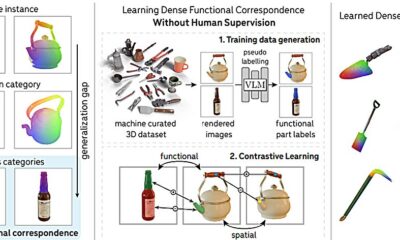
 Tech1 week ago
Tech1 week agoAI model could boost robot intelligence via object recognition






